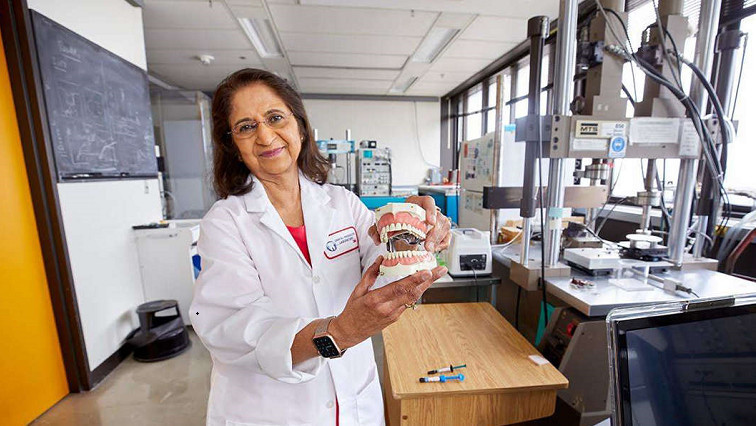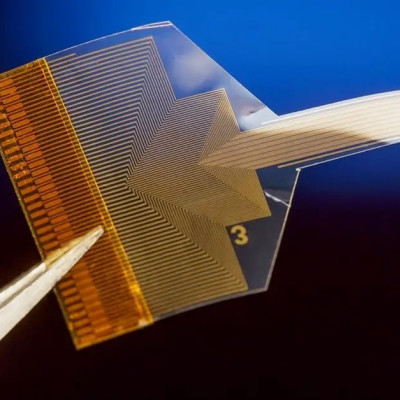So path-breaking and impactful has been her work, that Mitra, in 2018, was inducted into the US Patent Office’s National Inventors Hall of Fame, and earlier this month, was honoured by the European Patent Office with the European Inventor Award 2021.
“When a person has a missing or broken tooth, they don’t smile that much. It was very gratifying to see that our work could not just restore people’s teeth, but also their smiles and their confidence,” Mitra told Times Techies on a call from Minnesota.
Mitra was born in Kolkata, and her early years were spent between Kolkata and Arunachal Pradesh. She did BSc in Presidency College in Chemistry Hons, and MSc in Science College in the University of Calcutta. She obtained a PhD in organic polymer chemistry from the University of Michigan, US. Following a year of post-doctoral research work at Case Western Reserve University, she joined 3M in their corporate research lab in Minnesota in 1978. A few years later, she moved to 3M’s dental products group, where she remained until she retired in 2010, rising by then to the position of corporate scientist, the highest technical position in 3M. For the past 11 years, she has been running a chemical consulting company with her husband, Smarajit Mitra, who is also from Kolkata, and who too spent most of his career at 3M.
Tooth-colour restorations existed even before Mitra’s invention. But they were either fillings called microfills which were aesthetically pleasing, but too weak to be used in the stress bearing areas, like the biting surfaces, or they were composites called hybrids, which were strong, but would become rough and dull with time, as you brushed and chewed.
Mitra says around 1999, she became interested in the emerging science of nanotechnology. “I surmised that using nanoparticles as fillers and then embedding them into a curable resin matrix (a chemical compound) would provide all the requirements the natural tooth has,” she says.
She and her team initially used 20 nanometre size nanoparticles – made of Zirconia and Silica – and put them in resin matrix and made composites. This had good mechanical and optical properties, but wasn’t terribly good in its handling property, which is what enables the dentist to shape the material in the mouth. Mitra figured she needed nanoparticles of different sizes to enable this.
“The breakthrough moment came to me when observing a bunch of grapes,” she says. Grapes come in clusters of say, five grapes, or ten grapes. “So, I theorised that if we could take these nanoparticles and create a process in which we can cluster them – and I came up with this term called nanocluster – then we could probably overcome the handling problem,” she says.
And that’s what the team succeeded in. They created nanoclusters, and filled up the space between them with finely engineered nanoparticles. It worked exactly the way they imagined it would.
They also used a pigment in the material to match the different shades of teeth people have. A unique property of these nanoparticles, Mitra says, is that they have this opalescent characteristic, just like natural teeth. So even with a small amount of pigment, they take up the colour of the surrounding teeth, and match them exactly.
The first generation of the product was introduced in 2002. 3M called it Filtek Supreme Universal Restorative. “It’s a very versatile material, can be used to restore teeth in any area of the mouth, it mimics the beauty of natural teeth, and retains those aesthetic qualities and mechanical strength over a long time,” Mitra says.
Read the original article on MSN.







